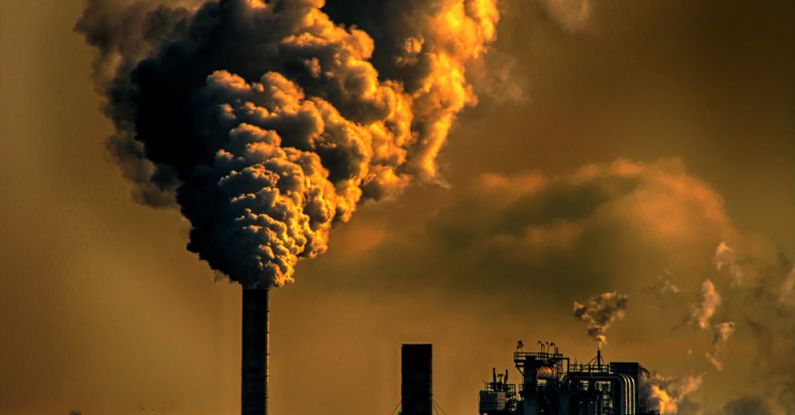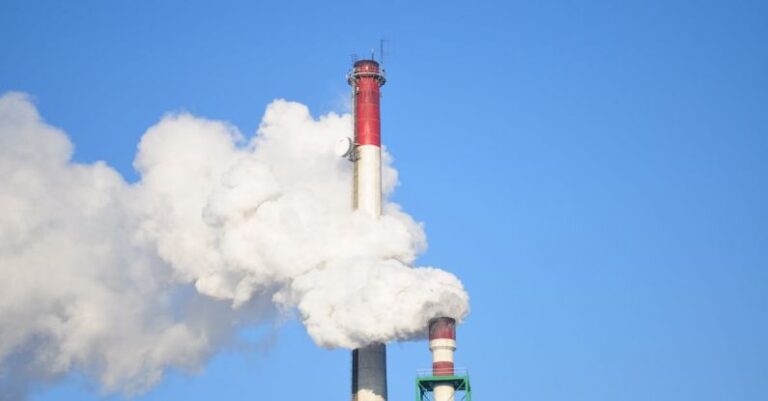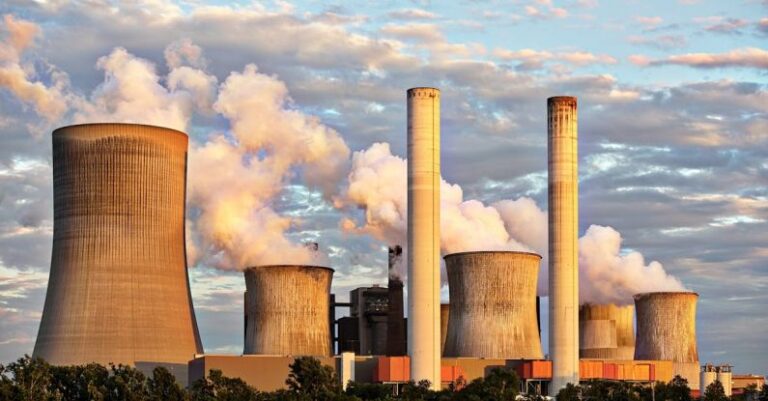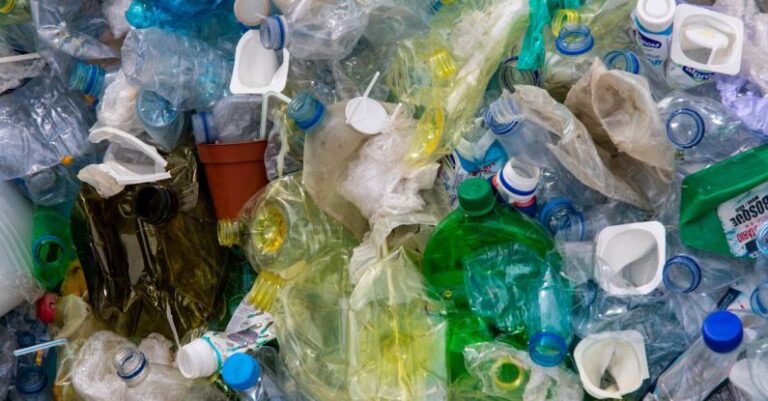
Pollution: A Silent Threat to Ecosystems
Pollution is a pressing issue that continues to impact ecosystems worldwide. From the air we breathe to the water we drink, pollution poses a significant threat to the delicate balance of our natural environment. Understanding how pollution affects ecosystems is crucial in developing strategies to mitigate its harmful effects and protect biodiversity.
The Impact of Air Pollution on Ecosystems
Air pollution, primarily caused by the release of harmful gases and particles into the atmosphere, has far-reaching consequences on ecosystems. One of the most significant impacts of air pollution is acid rain, which occurs when sulfur dioxide and nitrogen oxides react with water vapor in the atmosphere, forming sulfuric and nitric acids. These acids are then deposited onto the Earth’s surface through precipitation, leading to the acidification of soil and water bodies.
Acid rain can have devastating effects on aquatic ecosystems, particularly freshwater bodies such as lakes and rivers. The increased acidity of the water can disrupt the pH balance, making it difficult for aquatic plants and animals to survive. Fish populations are particularly vulnerable, as acidic water can interfere with their reproductive cycles and overall health.
In terrestrial ecosystems, air pollution can harm plant life by damaging their leaves and inhibiting photosynthesis. This, in turn, can disrupt the food chain, as plants are the primary producers that support the entire ecosystem. Additionally, air pollution can contribute to the formation of smog, which not only affects human health but also impacts the growth and development of plants.
The Devastating Effects of Water Pollution
Water pollution is another significant threat to ecosystems, with both direct and indirect consequences on aquatic life. Industrial runoff, agricultural waste, and untreated sewage are major contributors to water pollution, contaminating rivers, lakes, and oceans with harmful chemicals and pathogens.
One of the most concerning aspects of water pollution is the presence of toxins such as heavy metals, pesticides, and pharmaceuticals. These pollutants can accumulate in the tissues of aquatic organisms, leading to bioaccumulation and biomagnification within the food chain. As predators consume contaminated prey, the concentration of toxins increases, posing a risk to higher trophic levels, including humans.
Eutrophication is another consequence of water pollution, characterized by an excessive growth of algae due to elevated nutrient levels in the water. Algal blooms can deplete oxygen levels in aquatic ecosystems, leading to fish kills and the disruption of entire ecosystems. In addition, the decomposition of algae can further exacerbate water quality issues by releasing toxins and additional nutrients into the water.
Land Pollution: Threats to Terrestrial Ecosystems
Land pollution, often overlooked compared to air and water pollution, also poses significant threats to terrestrial ecosystems. The improper disposal of waste, including plastics, chemicals, and hazardous materials, can contaminate soil and water sources, affecting plant growth and wildlife habitats.
Plastic pollution, in particular, has emerged as a global crisis, with vast amounts of plastic waste entering the environment every year. Marine ecosystems are particularly vulnerable to plastic pollution, as marine animals can ingest plastic debris or become entangled in it, leading to injury or death.
Furthermore, land pollution can result in soil degradation and loss of biodiversity, as toxic substances leach into the soil and disrupt the soil microbiome. Contaminated soil can not only affect plant growth but also impact the health of animals that rely on the soil for food and shelter.
Protecting Ecosystems: The Need for Sustainable Solutions
As the detrimental effects of pollution on ecosystems become increasingly evident, it is crucial to implement sustainable solutions to mitigate its impact. Efforts to reduce emissions from industrial sources, improve waste management practices, and promote the use of renewable energy can help alleviate the burden of pollution on the environment.
Public awareness and education play a vital role in fostering a culture of environmental stewardship and encouraging collective action to address pollution. By advocating for policies that prioritize environmental protection and conservation, we can work towards safeguarding ecosystems for future generations.
In conclusion, pollution poses a significant threat to ecosystems, impacting air, water, and land resources essential for sustaining life on Earth. Understanding the interconnected nature of ecosystems and the detrimental effects of pollution is essential in developing effective strategies to combat this pervasive issue. By adopting sustainable practices and advocating for environmental conservation, we can work towards preserving biodiversity and ensuring a healthy planet for all living organisms.





